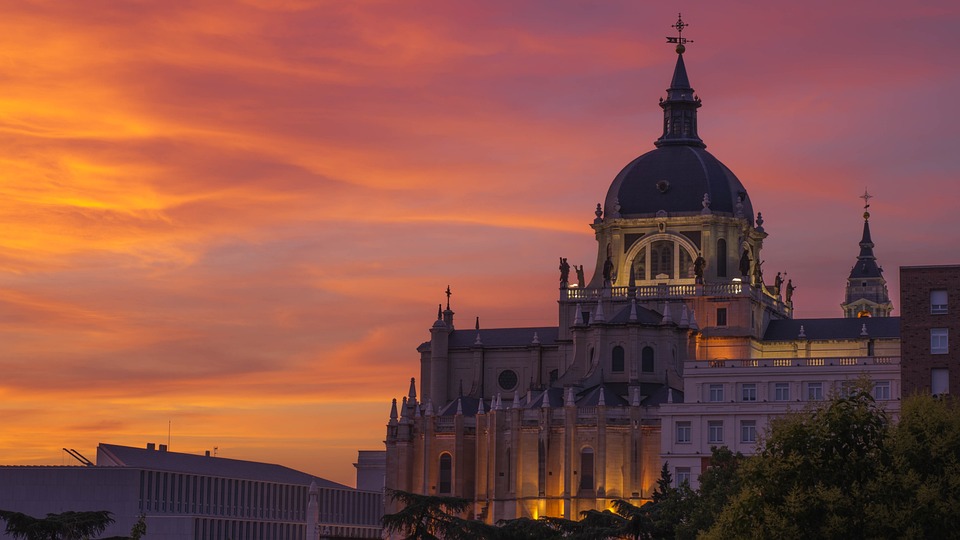Introduction
Ronda, a mesmerizing town located in the heart of Spain’s Andalusia region, is home to some of the most
breathtaking bridges you’ll ever encounter. With its dramatic landscape, rich history, and architectural
wonders, Ronda has become a haven for travelers seeking a unique and unforgettable experience.
The Puente Nuevo
One of Ronda’s most famous landmarks is the Puente Nuevo, which translates to “New Bridge.” Despite its name,
this impressive stone bridge was actually built in the late 18th century. Spanning over the plunging El Tajo
gorge, the Puente Nuevo offers panoramic views of the surrounding countryside. Visitors can stroll across the
bridge, marveling at the architectural mastery it represents, or descend the steep steps to reach the base of
the gorge, where the views are equally stunning.
The Puente Viejo
Dating back to the 16th century, the Puente Viejo, or “Old Bridge,” enchants visitors with its rustic charm.
Constructed using stone masonry, this ancient bridge showcases the resilience of its construction. Crossing the
Guadalevín River, the Puente Viejo is a testament to the engineering skills of the past. As you walk along its
arches, you can’t help but imagine the history that has unfolded beneath your feet.
The Puente Romano
As its name suggests, the Puente Romano, or “Roman Bridge,” dates back to the Roman era. Built in the 1st
century AD, this narrow bridge provides a glimpse into Ronda’s ancient past. While its spans may appear modest,
the bridge holds great significance as it served as a vital connection to the nearby city of Acinipo. Today, the
Puente Romano serves as a reminder of Ronda’s rich history and the advanced engineering techniques employed by
the Romans.
The Puente de Cristo
Not as widely known as its counterparts, the Puente de Cristo, or “Bridge of Christ,” is an architectural gem
that shouldn’t be missed. This small bridge, adorned with a Crucifix statue, offers a tranquil and picturesque
spot for contemplation. Surrounded by gardens and offering breathtaking views of Ronda’s historic district, the
Puente de Cristo provides a peaceful respite from the bustling streets.
FAQs
Q: How can I reach Ronda?
A: Ronda is well-connected by road, offering easy access from cities like Seville, Malaga, and Granada. If you
prefer public transportation, train and bus services are available from major cities in Andalusia.
Q: Are there any admission fees for visiting the bridges?
A: No, visiting the bridges of Ronda is free of charge, allowing visitors to fully immerse themselves in these
architectural wonders.
Q: Can I explore the bridges on my own, or are guided tours available?
A: Both options are available. While exploring the bridges on your own allows for a more flexible schedule,
guided tours are also available, providing you with interesting historical insights and local anecdotes.
Q: Are there any other attractions to see in Ronda?
A: Absolutely! In addition to the breathtaking bridges, Ronda boasts a stunning bullring, ancient city walls, the
Mondragon Palace, and numerous charming streets lined with authentic Spanish shops and cafes.
Q: Which is the best time to visit Ronda?
A: Ronda can be visited all year round, but spring and fall offer pleasant weather and fewer crowds, allowing for
a more serene experience.
